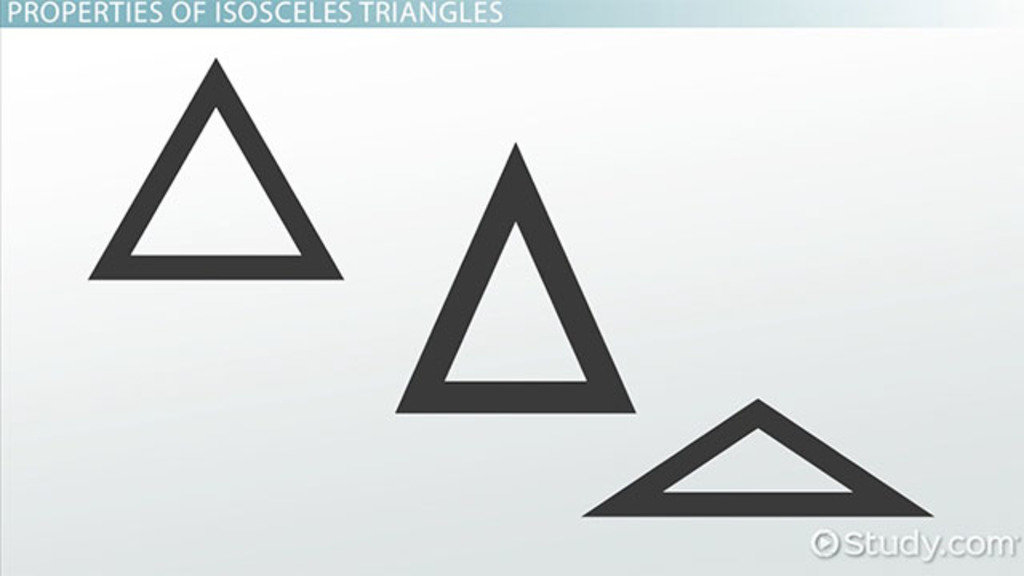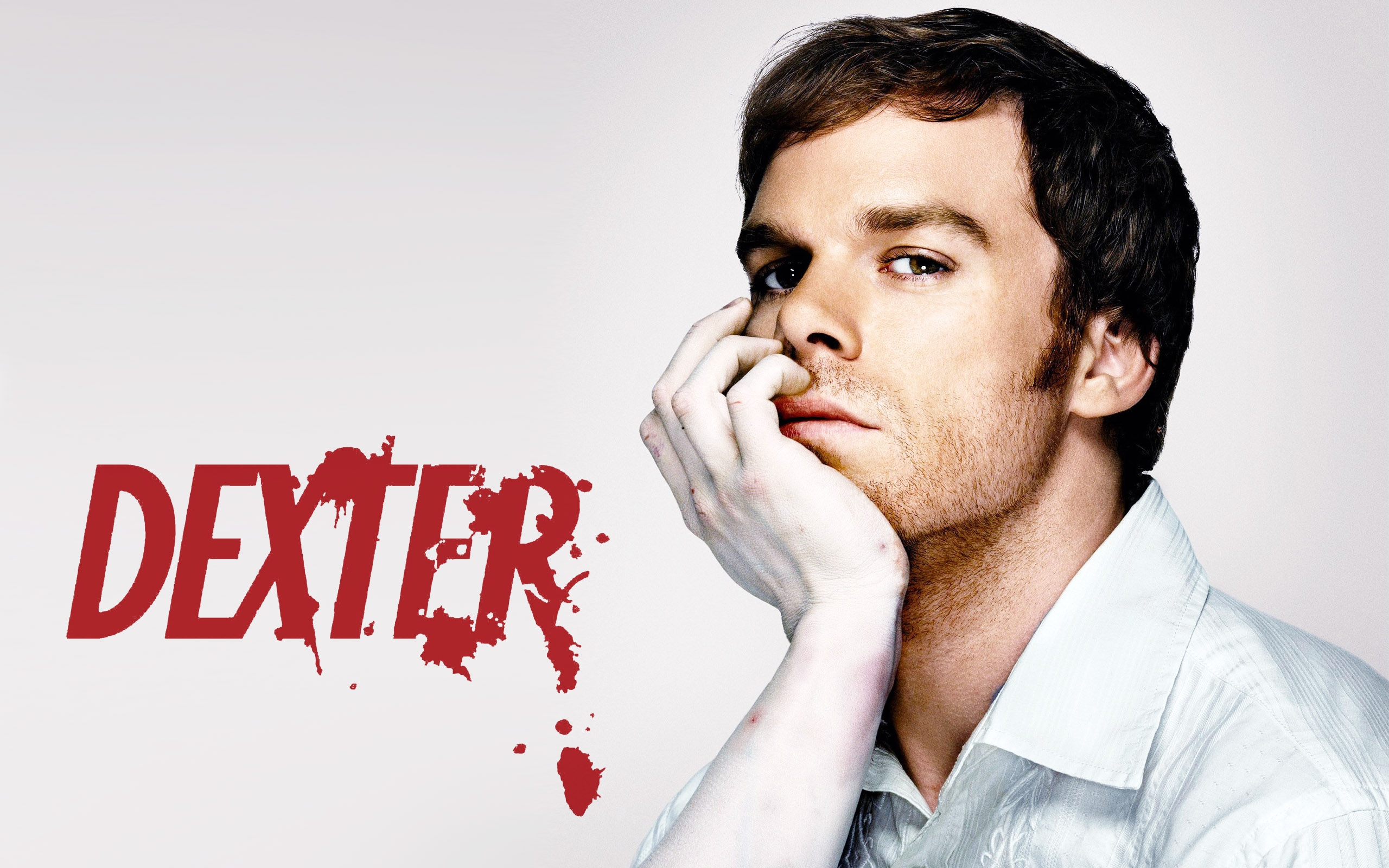Love Triangles: Three Writing Tips
You remember the catch phrase of Pythagoras, don’t you? You know, the 6th century BC Greek philosopher? Of course you remember. He’s known for saying, “Every triangle is a love triangle when you love triangles.”
No, wait. This bit of wisdom comes by way of comedian James Acaster in his Netflix special Repertoire.
Acaster’s faux catch phrase has been rattling around inside my head for a while. There’s no better way to get it out of my head than to buckle down and write about love triangles.
It seems appropriate to look at them from three sides.
Love Triangles Tip #1
Determine which way the emotions flow with respect to the character at the top of the triangle.
The emotional flow can go one of two ways:
Either towards the top character. The top character is the object of desire of two rivals vying for his or her affection.
Or away from the top character. The top character can’t decide between two loves, where one or both are either actual or potential.
In the first case you’re writing a rivalrous triangle.
In the second you’re writing a split-object triangle.
I’m imagining an isosceles triangle where the top point is centered between the two sides. My idea is that the two sides must be balanced in order for the story to make sense.

An isosceles triangle has at least two sides of the same length. The upper left triangle also counts as an equilateral triangle because all three sides are the same length. So it’s a special case of an isosceles.
My point is: you need to have either two equally powerful rivals or two equally attractive objects of interest to make the triangle work.
Love Triangles Tip #2
Determine the relationship between the two rivals / two objects of interest.
In a rivalrous triangle, the two rivals likely know one another. Two brothers, two co-workers, two team-mates, two sworn enemies going after one love interest.
Note: imagine the sexes/genders of the three participants any way you want. Historical circumstances may influence your choices.
In a Victorian setting, I can easily imagine an aging spinster – one who has attained the ripe old age of 25 – living with a dear companion, another spinster. Enter a man who takes a shine to Spinster 1. Now Hero and Spinster 2 are rivals for Spinster 1’s affections. Who will win out? The one offering romantic love or the one offering sisterly love? The bond between Spinster 1 and Spinster 2 has to be deep to generate believable conflict. And Hero can’t be just any man.
Now imagine two enemies going after the same love interest. One or both of their motives may have less to do with the qualities of the love interest. And everything to do with their hatred for each other and their desire not to let the other have want they want. In this case, your story may be more about the relationship between the rivals than anything they do to win the love interest’s affections.
In a split-object triangle, the two objects of desire may or may not know one another.
Is the top character married and has a secret (or not so secret crush) on a co-worker the spouse has never met? Or does this character lust after the next-door neighbor. In which case the spouse likely does know this person either a little or a lot.
My point is: you need to know how the two rivals /objects of interest interact or don’t interact in order to know what relationships to develop. Which brings me to Tip #3.
Love Triangles Tip #3
Determine why you have chosen to write about this particular relationship structure.
I get that we writers sometimes just want to try something we’ve never tried before. Along the lines of “Wouldn’t it be cool if …?”
I would have loved to be at the developmental meeting of a group of Hollywood writers that might have gone something like this: “I propose we make a series about a serial killer. But here’s the thing. We’ll make him sympathetic. And the way we’ll do that is to make him a serial killer only of other serial killers. Who’s up for the challenge?” Yeah, cool. Everyone raised their hand.
Dexter ran on Showtime and CBS from 2006 – 2013.

Great concept. Difficult series to end satisfactorily
I have the “Wouldn’t it be cool if …?” thought all the time. But then at some point I have to get serious. Why am I wanting to write about a love triangle? What emotions, what sets of emotions am I wanting to explore?
The dark side of a rivalrous triangle features jealousy, hatred, revenge. Lots of good dirt to sift through in these powerful emotions.
The light side might glow with a May The Better Man Win theme. Then it’s a question of exploring the Better Man’s nature, what he needs to do to step up and win the day.
The dark side of a split-object triangle rankles with betrayal. And a knife right between the shoulder blades.
The light side revolves around the classic dilemma: Scrumptious Bad Boy v. Dependable But Boring Husband Material. A head v. heart conflict.
The more modern version might be: High-Powered Career v. Marriage and Babies.
In short, the light side of the split-object triangle explores the Fork in the Road. Always a fun and angsty subject for a novelist to explore.
The Road Not Taken is, famously, the province of poets.

Robert Frost (1874-1963)
See: All My Writing Tips
For more advice on writing, check out my complete guide for how to write a novel.
Categorised in: Blog, Love, Writing, Writing Tips
This post was written by Julie Tetel Andresen
You may also like these stories:
- google+
- comment



